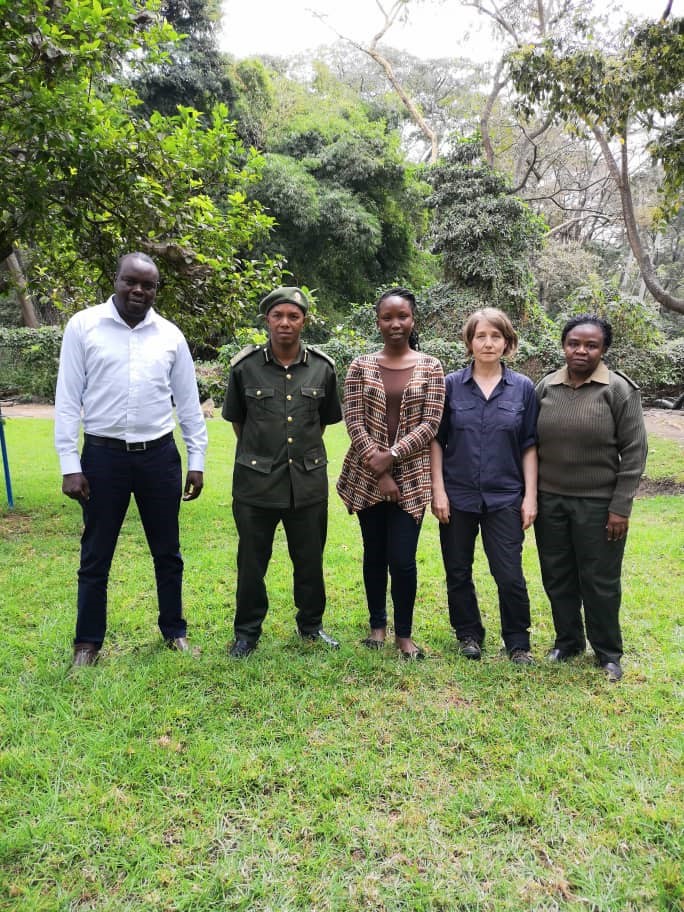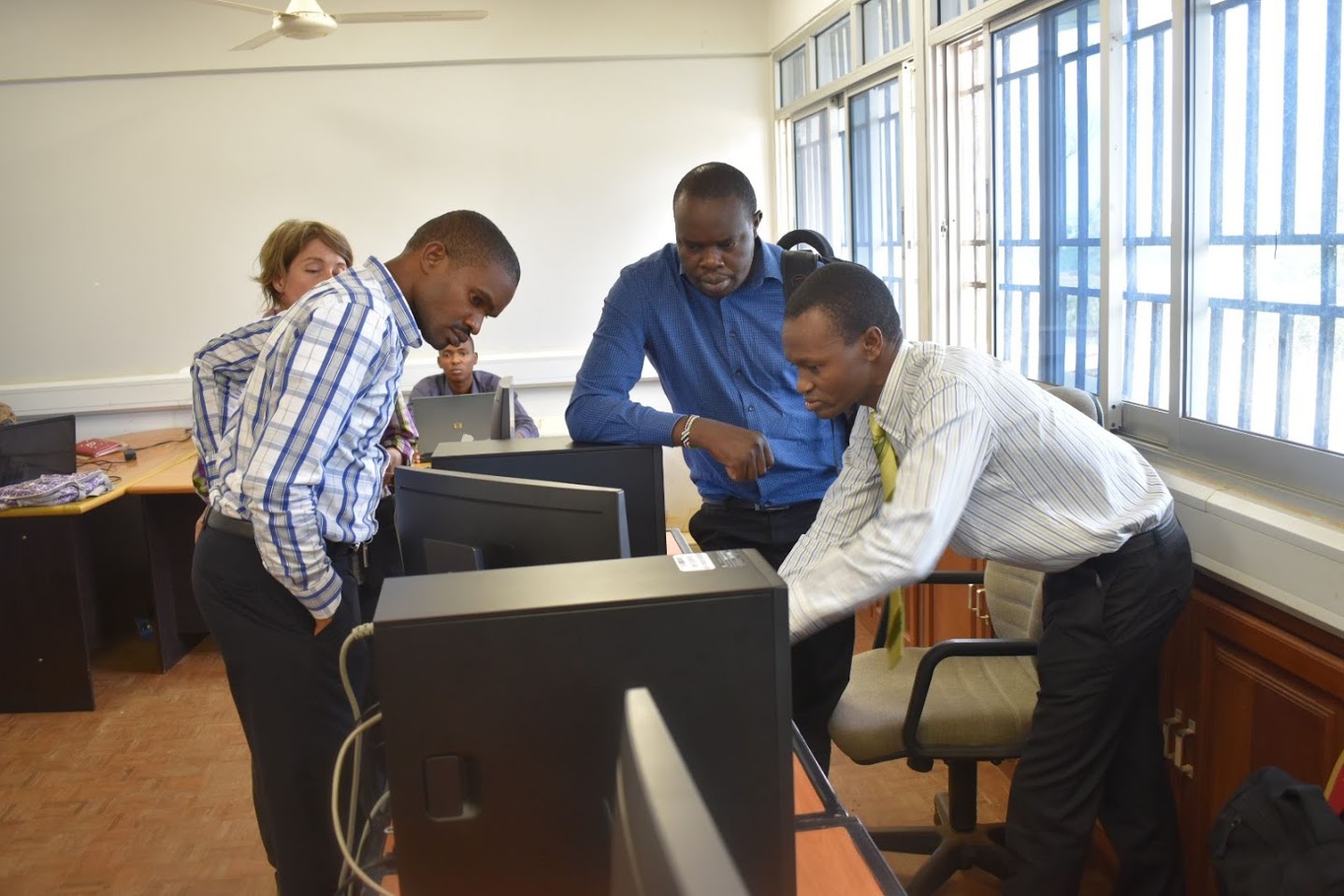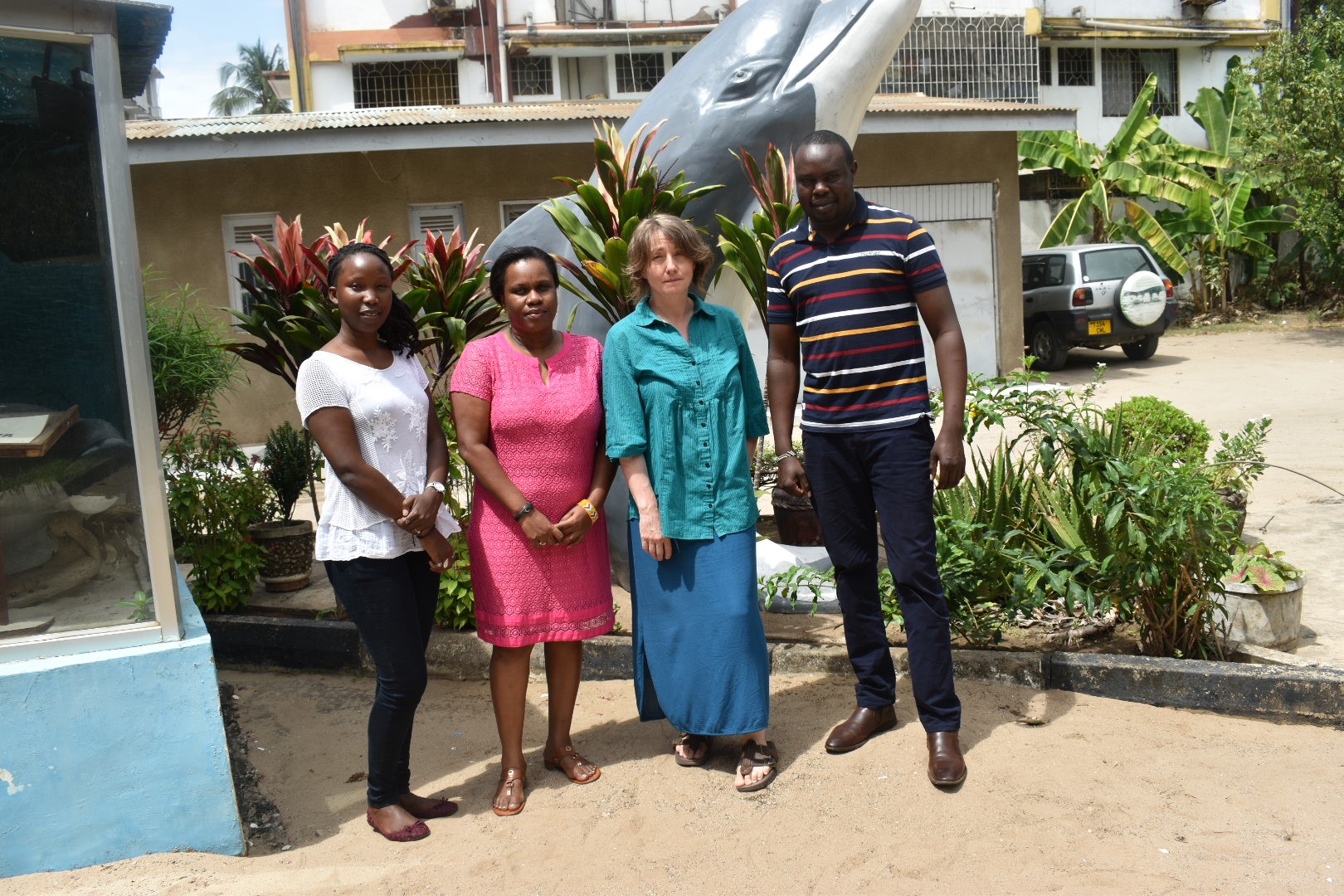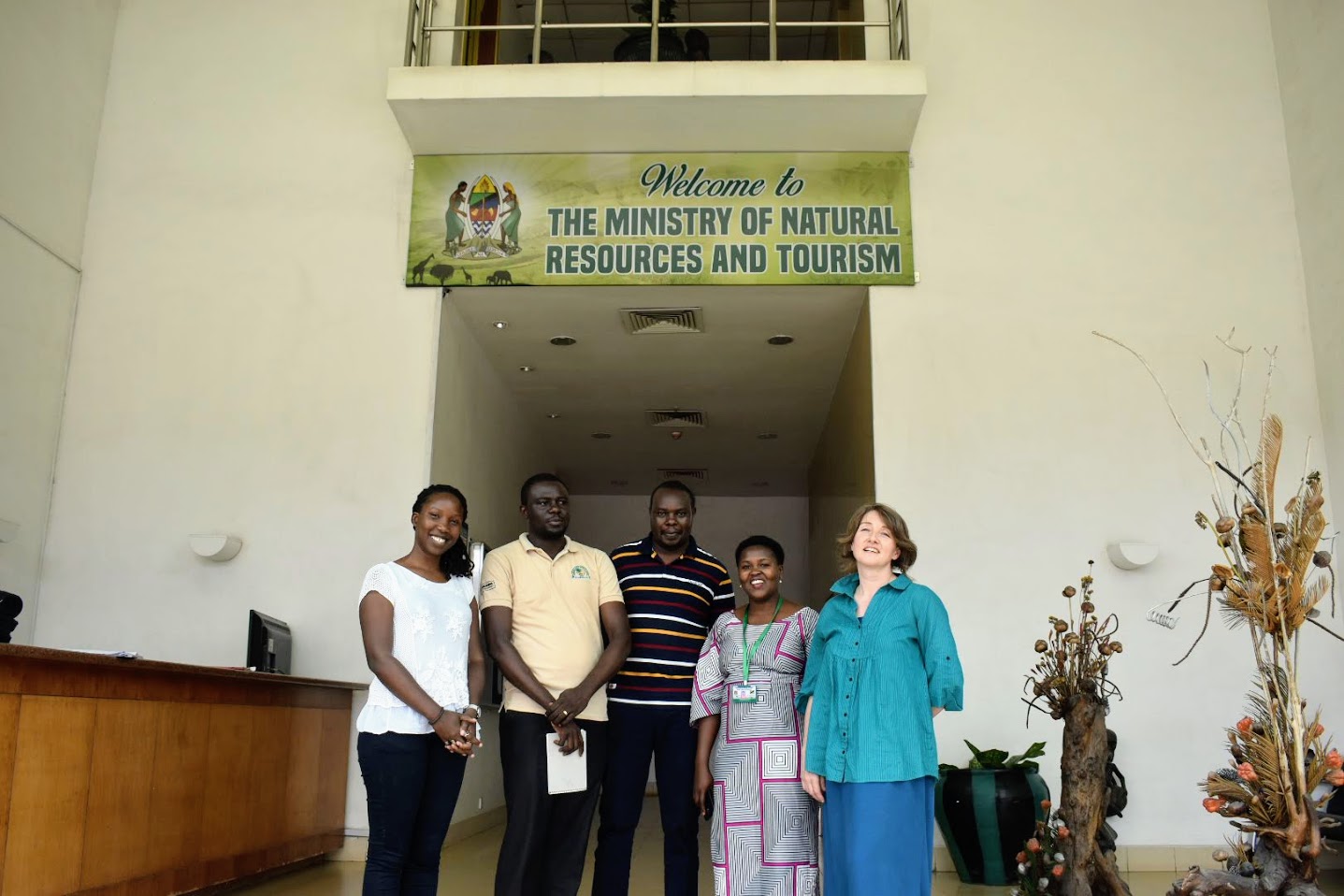The second pilot visit for the development of the Regional Resource Hub (RRH) in Eastern and Southern Africa, after our visit to Madagascar in May, took place in Tanzania from the 19th to 24th of August 2019. The BIOPAMA representatives from IUCN, the International Union for Conservation of Nature, JRC, the Joint Research Centre of the European Commission, and RCMRD, the Regional Centre for Mapping Resources for Development, met with eleven key protected and conserved area stakeholders.
The main facets of BIOPAMA were discussed including the Regional Resource Hub (RRH), the Reference Information system (RIS), the Action Component – BIOPAMA’s grant-making facility, management effectiveness tools, capacity building and other services. The role of the different implementing partners was also highlighted and the hosting institutions explained their mandate and role in conservation within their countries.
The main objective of the BIOPAMA visit to Tanzania’s protected area stakeholders was to investigate the needs of the country to be able to demonstrate the role of BIOPAMA and particularly the RRH to support the identified needs at a local, national and regional level.
Out of the needs identified, the emerging priorities and needs in the country included capacity building on data management and database development, GIS and remote sensing and management effectiveness of protected and conserved areas. These highlighted opportunities where the RRH could be of use in filling the gaps identified and showcasing what the RRH will offer to the Eastern and Southern Africa region, in line with objectives of the BIOPAMA programme.
In particular, the RRH will provide capacity building in these areas and there is the possibility of hosting an institutional database where infrastructure and proper systems to manage data are lacking while allowing the institutions to retain control and ownership of their data.
If country support is given to the services that BIOPAMA is able to offer in the region, the RRH will be an example to be emulated as a means to move from knowledge to action.
The list of stakeholders that were consulted during this visit include: the East African Community (EAC), the Tanzania National Parks Authority (TANAPA), the Ministry of Natural Resources of Tourism, the Tanzania Forestry Research Institute, the Tanzania Wildlife Authority, the EU Delegation to Tanzania, the Marine and Reserves Unit, the Tanzania Forest Service, the Western Indian Ocean Marine Science Association and the Community Wildlife Management Areas Consortium.
- BIOPAMA team at the Tanzania National Parks Authority
- Tanzania Forest Research Institute (TAFORI) demonstrating the TAFORI database
- BIOPAMA team presenting the Regional Resource Hub (RRH) and the Reference Information System (RIS) to TAFORI staff
- BIOPAMA team at the Marine Parks and Research Unit (MPRU)
- BIOPAMA team and Tanzania Forest Service Team in Dar es Salaam
Related News

prev










